Bard for Data Science Cheat Sheet
KDnuggets
MAY 29, 2023
Check out our latest cheat sheet to get you up to speed and provide a handy reference for using Google's LLM chat tool Bard for data science.
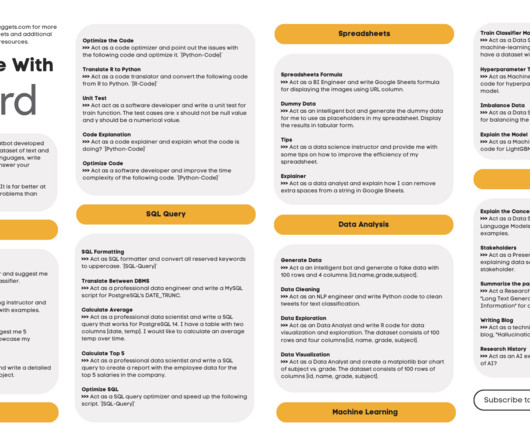
KDnuggets
MAY 29, 2023
Check out our latest cheat sheet to get you up to speed and provide a handy reference for using Google's LLM chat tool Bard for data science.
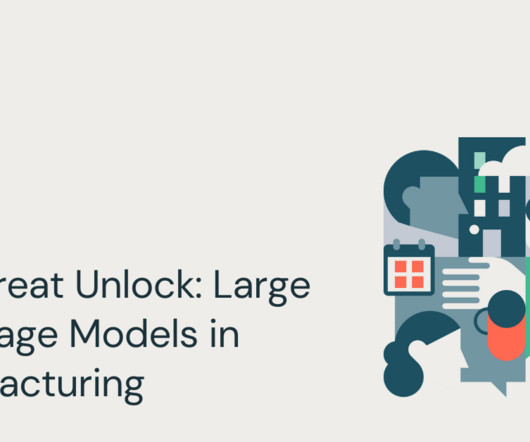
databricks
MAY 29, 2023
The manufacturing industry is constantly finding new ways to increase automation, gain operational visibility and accelerate product and technology development. This requires companies.
This site is protected by reCAPTCHA and the Google Privacy Policy and Terms of Service apply.
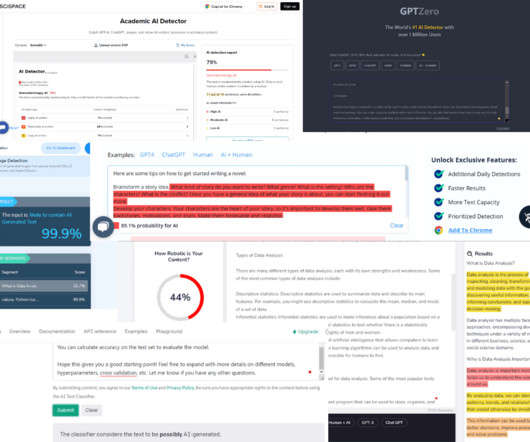
KDnuggets
MAY 29, 2023
Top free tools for detecting thesis, research papers, assignments, documentation, and blogs generated by AI models.
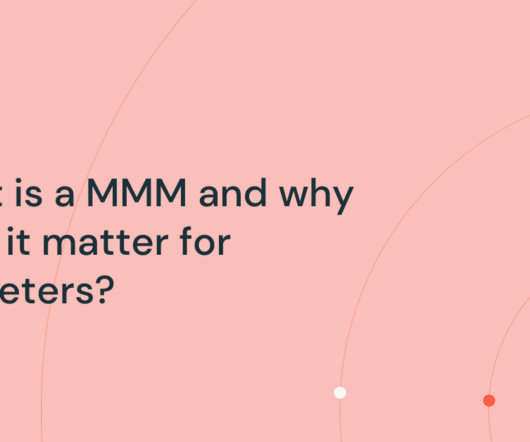
databricks
MAY 29, 2023
MMM (Marketing or Media Mix Modeling), is a data-driven methodology that enables companies to identify and measure the impact of their marketing campaigns.

Advertisement
Many organizations today are unlocking the power of their data by using graph databases to feed downstream analytics, enahance visualizations, and more. Yet, when different graph nodes represent the same entity, graphs get messy. Watch this essential video with Senzing CEO Jeff Jonas on how adding entity resolution to a graph database condenses network graphs to improve analytics and save your analysts time.

KDnuggets
MAY 29, 2023
In this blog, I share 4 valuable lessons I learned while searching for data science roles amidst challenging circumstances, including 60-day immigration policies, layoffs, and health issues. My hope is to offer insights and guidance to those who are facing similar obstacles, whether due to recent layoffs or immigration challenges.
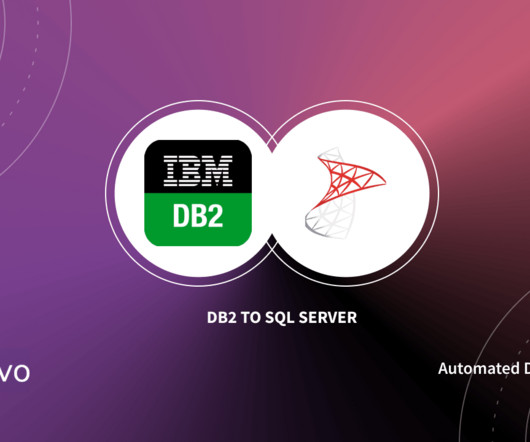
Hevo
MAY 29, 2023
Modern organizations need database vendors that provide easy and cost-effective solutions with support for mission-critical needs. Of the two most popular Database Management Systems, MS SQL Server is a superior alternative to IBM Db2. It has better security & manageability, plenty of enterprise-class tools, and a lower Total Cost of Ownership (TCO).
Data Engineering Digest brings together the best content for data engineering professionals from the widest variety of industry thought leaders.
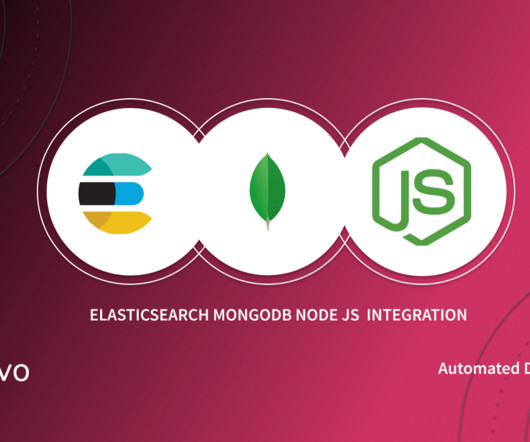
Hevo
MAY 29, 2023
Most enterprises collect vast volumes of data over time. This data usually contains important information regarding the business, customers, etc. Storing this data in a stable database is advisable to ensure data security and integrity. MongoDB provides a simple document-type data storing and analyzing environment for your data.
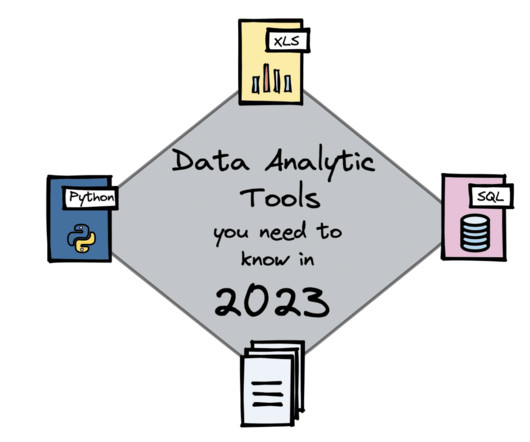
KDnuggets
MAY 29, 2023
What tools do you need to know to be a successful data analyst?

Christophe Blefari
MAY 29, 2023
Me ( credits ) Hey, I've been sick in the last 3 days and it was impossible to write something. As I still want to send something, here a raw edition with no comments. See you on Friday. Gen Ai 🤖 QLoRA: Efficient Finetuning of Quantized LLMs — 65B parameter model on a single 48GB GPU reaching 99.3% of the performance level of ChatGPT on Vicuna.
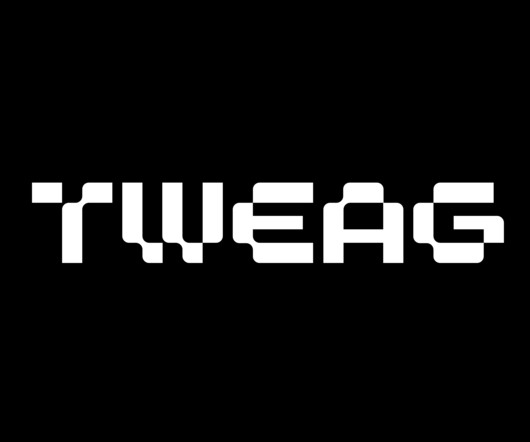
Tweag
MAY 29, 2023
With Nickel releasing 1.0 I’m excited to announce the 0.1 release of Tf-Ncl , an experimental tool for writing Terraform deployments with Nickel instead of HCL. Tf-Ncl enables configurations to be checked against Terraform provider-specific contracts, before calling Terraform to perform the deployment. Nickel can natively generate outputs as JSON, YAML or TOML; since Terraform can accept its deployment configuration as JSON, you can straightforwardly export a Nickel configuration, adhering to th

Speaker: Scott Sehlhorst
We know we want to create products which our customers find to be valuable. Whether we label it as customer-centric or product-led depends on how long we've been doing product management. There are three challenges we face when doing this. The obvious challenge is figuring out what our users need; the non-obvious challenges are in creating a shared understanding of those needs and in sensing if what we're doing is meeting those needs.
Let's personalize your content